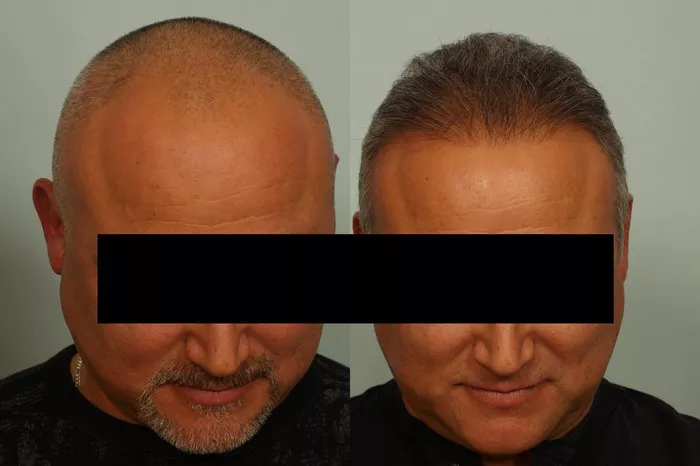Hair transplantation has emerged as a groundbreaking solution for individuals grappling with hair loss, providing a path to natural-looking results. However, one common question that often arises is whether transplanted hair truly grows. In this article, we aim to unravel this aspect of hair transplantation and provide a comprehensive understanding of the growth dynamics of transplanted hair.
The Foundation of Hair Transplantation
To comprehend the growth of transplanted hair, it’s crucial to first grasp the foundation of the hair transplantation process. The procedure involves extracting hair follicles from a donor area – typically the back or sides of the scalp – and implanting them into the recipient area, where hair loss has occurred. The key to the success of the procedure lies in the intrinsic ability of these transplanted hair follicles to continue their natural growth cycle.
The Growth Cycle of Hair Follicles
Hair follicles undergo a natural growth cycle comprising three phases: anagen (growth phase), catagen (transitional phase), and telogen (resting phase). In a healthy scalp, these phases occur in a cyclical manner, allowing for the continuous growth of hair. The transplanted hair follicles retain this natural growth cycle, ensuring that they not only grow but also undergo the necessary stages for optimal development.
Post-Transplant Growth: The Initial Phase
After a hair transplant, patients commonly experience an initial phase where the transplanted hairs shed. This phenomenon, known as the shedding phase, is a natural part of the process. It occurs because the transplanted hair follicles enter a temporary dormant state before regenerating new, stronger hair. It’s important for individuals undergoing a hair transplant to understand that this shedding is part of the journey towards achieving a full and robust head of hair.
Long-Term Growth: The Permanent Nature of Transplanted Hair
One of the remarkable aspects of transplanted hair is its permanence. Once the transplanted hair has successfully grown, it behaves like natural, healthy hair. The donor hair is inherently resistant to the hormone dihydrotestosterone (DHT), a major contributor to hair loss. As a result, transplanted hair is less susceptible to the factors that cause typical hair loss, contributing to its longevity and permanence.
Understanding the science behind the permanence of transplanted hair dispels the misconception that it might cease to grow over time. In fact, individuals can expect the transplanted hair to continue growing and blending seamlessly with the existing hair for a natural and enduring result.
Factors Influencing Growth: Patient-specific Considerations
While transplanted hair is designed to grow naturally, individual factors can influence the growth process. The patient’s overall health, genetic predisposition to hair loss, and adherence to post-operative care instructions play crucial roles in determining the success of the transplant. Patients should follow their surgeon’s recommendations diligently to optimize the conditions for robust hair growth.
Expectations and Patience: Keys to Successful Results
Setting realistic expectations is paramount in the journey of hair transplantation. While the transplanted hair will grow, it’s important to note that the growth process takes time. Hair grows at a rate of approximately half an inch per month, and visible results may take several months to become apparent. Patience is a virtue in the realm of hair transplantation, and individuals should understand that optimal results are achieved gradually.
Maintenance and Care for Continued Growth
To ensure continued growth and the overall health of transplanted hair, patients must adhere to proper maintenance and care. Regular and gentle washing, conditioning, and protecting the scalp from excessive sun exposure contribute to the longevity and vitality of both transplanted and existing hair. Additionally, some patients may choose to use FDA-approved medications like minoxidil or finasteride to support the overall health of the hair and potentially enhance growth.
See Also: The Post-Transplant Period: When Can You Safely Get a Haircut?
Conclusion
In conclusion, the growth of transplanted hair is a well-established and natural process. The transplanted hair follicles retain their inherent ability to undergo the growth cycle, resulting in the development of healthy and permanent hair. Understanding the growth dynamics, embracing patience, and adhering to post-operative care instructions are integral aspects of ensuring the success and longevity of transplanted hair. As individuals explore the transformative potential of hair transplantation, they can take comfort in the fact that, when done professionally, transplanted hair not only grows but flourishes for enduring and natural-looking results.


